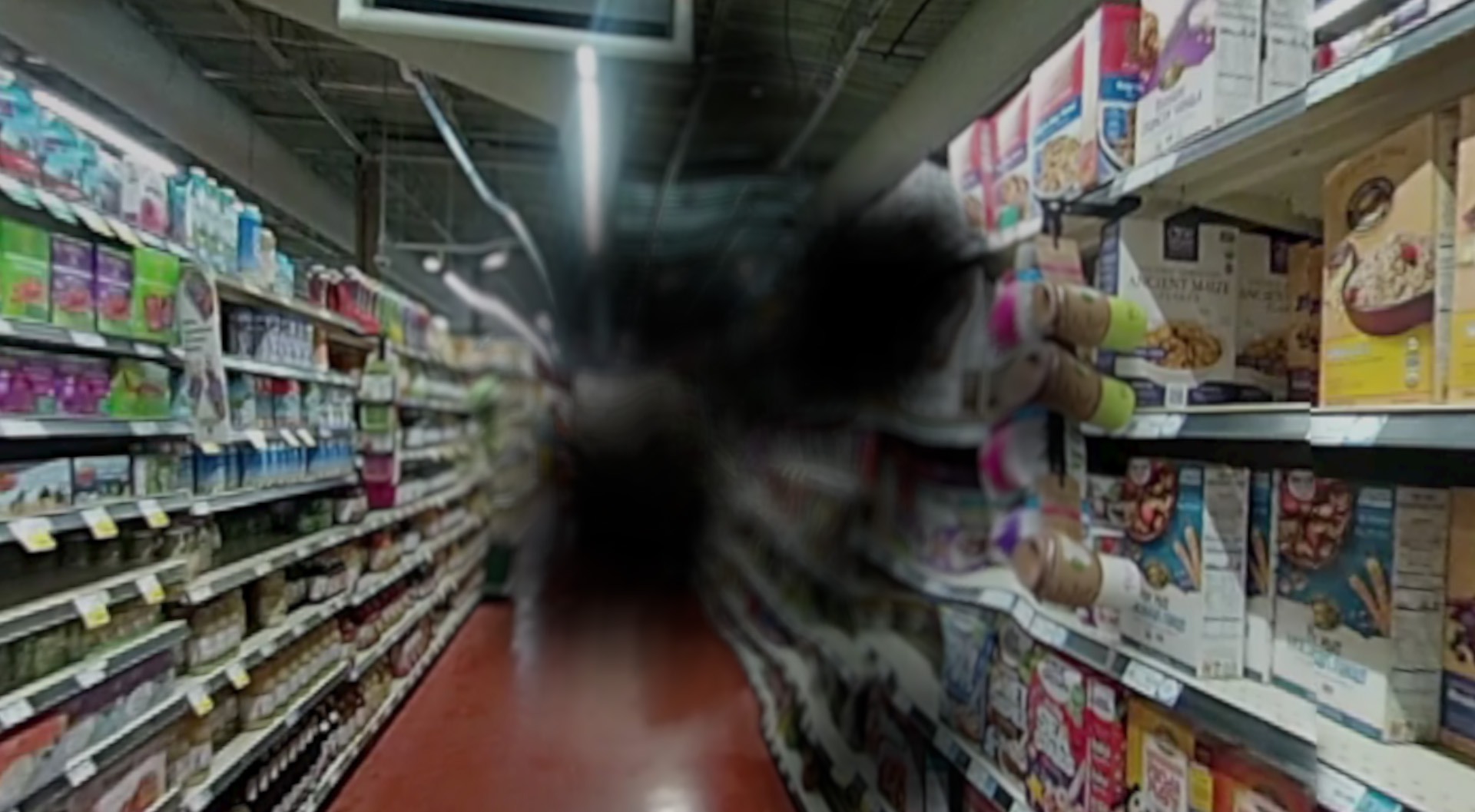Kapil Bharti, PhD, Senior Investigator and Head of the Ocular and Stem Cell Translational Research Section at the National Eye Institute (NEI), explains testing the safety of a stem cell therapy for age-related macular degeneration in this special focus on eye health
In 2020, the National Eye Institute is launching a clinical trial to test the safety of a patient-specific stem cell therapy to treat geographic atrophy, the advanced “dry” form of age-related macular degeneration (AMD). The protocol is the first of its kind in the United States to replace a patient’s eye tissue with tissue derived from induced pluripotent stem (iPS) cells engineered from a patient’s own blood.

If successful, this new approach to AMD treatment could prevent millions of Americans from going blind. AMD is a leading cause of vision loss in people age 65 and older. By 2050, the estimated number of people with AMD is expected to more than double from 2.07 million to 5.44 million.
The first symptoms of age-related macular degeneration are dark spots in one’s central vision, which is used for daily activities such as reading, seeing faces and driving. But as the disease progresses, the spots grow larger and increase in number, which can lead to significant loss of the central vision.
There are two kinds of AMD: the neovascular, or “wet,” form and the geographic atrophy, or “dry” form. Remarkable progress has been made in the ability to prevent vision loss from the neovascular form. In particular, anti-VEGF therapy has been shown to preserve vision required for driving among about half of patients who take it for five years.
RPE-replacement therapy
By contrast, no therapies exist for treating geographic atrophy. Should this NEI-led study, and future studies, confirm the safety and efficacy of iPS cell-derived RPE-replacement therapy, it would likely be the first therapy approved for the treatment of geographic atrophy.
To produce the therapy, we isolate cells from a patient’s blood and, in a lab, convert them into iPS cells. These iPS cells are theoretically capable of becoming any cell type of the body.
The iPS cells are then programmed to become retinal pigment epithelium (RPE). RPE cells are crucial for eye health because they nourish and support photoreceptors, the light-sensing cells in the retina. In geographic atrophy, RPE cells die, leading to the death of photoreceptors and blindness. The goal of the iPS cell-based therapy is to protect the health of the remaining photoreceptors by replacing dying RPE tissue with healthy iPS cell-derived RPE tissue.
We grow a single-cell layer of iPS cell-derived RPE on a biodegradable scaffold. That “patch” is then surgically placed next to the photoreceptors where, as we have seen in animal models, it integrates with cells of the retina and protects the photoreceptors from dying.
This year’s clinical trial is a phase I/IIa study, which means it will focus solely on assessing the safety and feasibility of this RPE replacement therapy. The dozen participants will have one eye treated. Importantly, everyone will already have substantial vision loss from very advanced disease, such that the therapy is not expected to be capable of significant vision restoration. Once safety is established, later study phases will involve individuals with earlier stage disease, for which we are hopeful that therapy will restore vision.
A safety concern with any stem cell-based therapy is its oncogenic potential: the ability for cells to multiply uncontrollably and form tumours. On this point, animal model studies are reassuring. When we genetically analysed the iPSC-derived RPE cells, we found no mutations linked to potential tumour growth.
Likewise, the risk of implant rejection is minimised by the fact that the therapy is derived from patient blood.
Several noteworthy innovations have occurred along the way to launching the trial. Artificial intelligence has been applied to ensure that iPS cell-derived RPE cells function similar to native RPE cells. In addition, Good Manufacturing Practices, have been developed to ensure quality control, which will be crucial for scaling up production of the therapy should it receive approval from the U.S. Food and Drug Administration. Furthermore, the iPS cell-derived RPE patch is being leveraged to develop more complex RPE/photoreceptor replacement therapies.
Potential breakthroughs in treatment cannot move forward without the support of patients willing to participate in clinical trial research. Patients who volunteer for trials such as this are the real heroes of this work because they’re doing it for altruistic reasons. The patients in this first trial are not likely to benefit, so they are doing it to help move the field forward for future patients.











